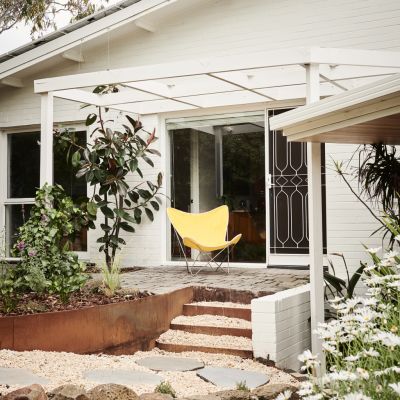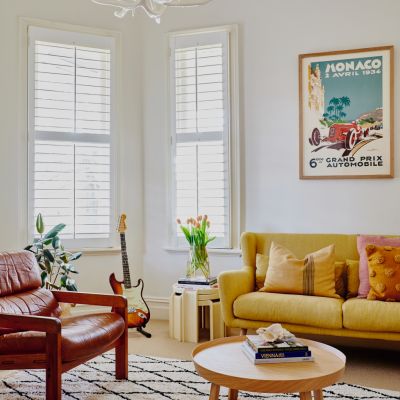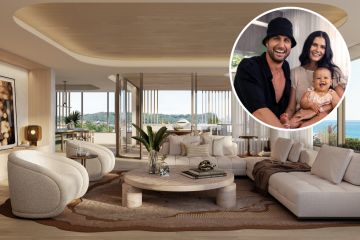Five on-trend lighting designs to try
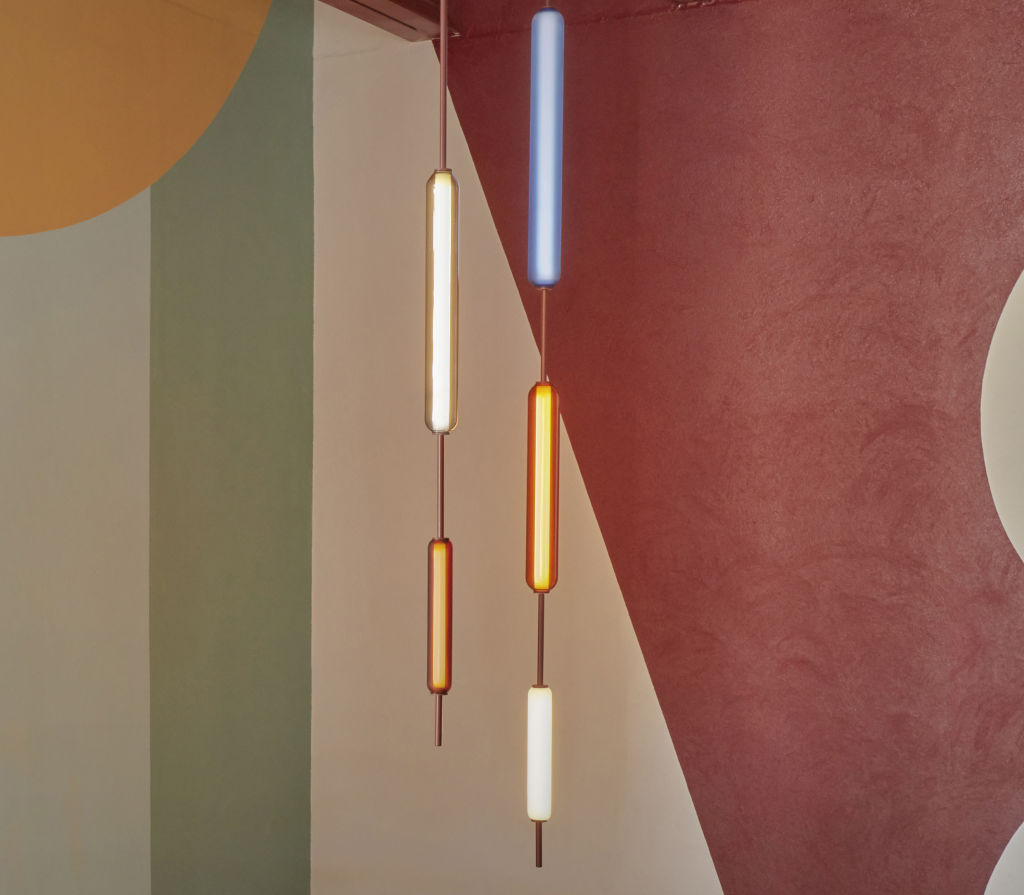
A statement light can make or break a room and, as any style enthusiast will tell you, it is an essential element when decorating – not an afterthought, as many of us consider it.
“A light with sculptural expression can enhance and elevate any space,” says Sydney lighting and furniture designer Henry Wilson.
“It must be beautiful, highly functional and fit its space and your needs.”
Move over downlights and run-of-the-mill pendants. Here are five luminaries and their creations jostling for a position above our beds, dining tables and island benches.
Flask Lighting System
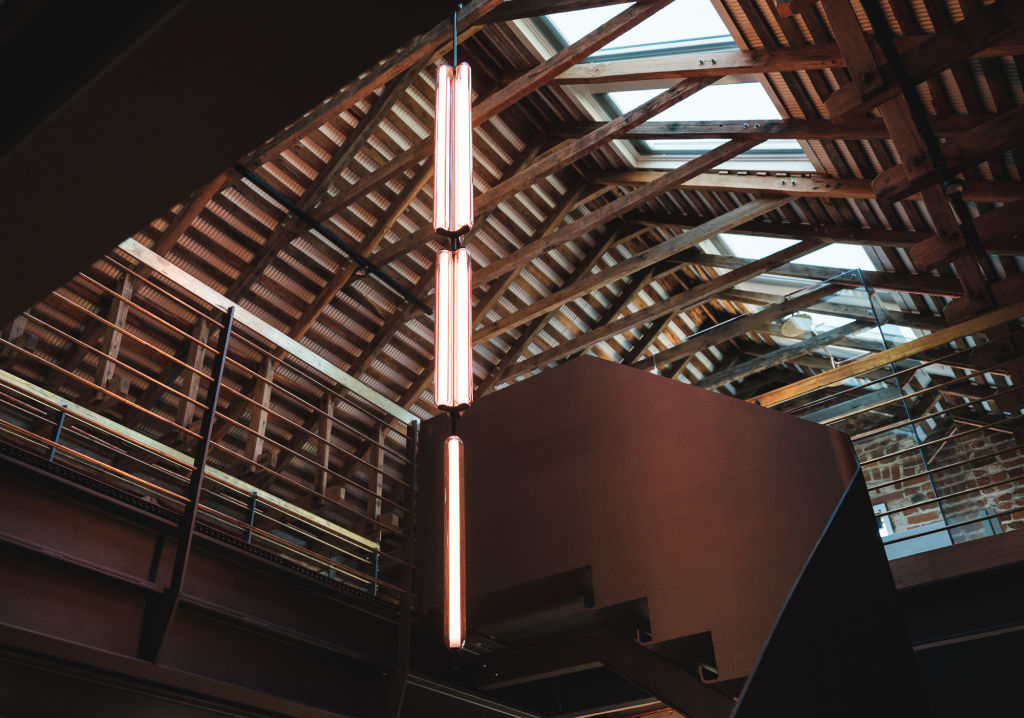
Edward Linacre’s customisable Flask Lighting System takes architectural lighting to new heights. Its hand-finished metal tubing – in varying lengths, joins and bends – combines with sculpted borosilicate glass “flasks” that are clear or sandblasted. Its innovative design allows it to be adjusted for floor, ceiling, wall and pendant applications.
“We wanted to make site-specific products affordable,” says designer Edward Linacre. “I saw a modifiable luminaire essential to evolving customisation.”
Years went into developing the components, and Linacre says the real challenge was creating an efficient, made-to-order process.
The system is available in copper, brass, steel, aluminium, and glass tones ranging from amber and grey ash to pale pink and lilac.
Its components and customisable luminaire allow it to be adapted for any use or space.
“It can illuminate an exact area, for example as a kitchen pendant to match a bench length or as a bathroom wall light to suit the joinery,” Linacre says. “It’s designed to be fit for purpose.”
Mito lamp
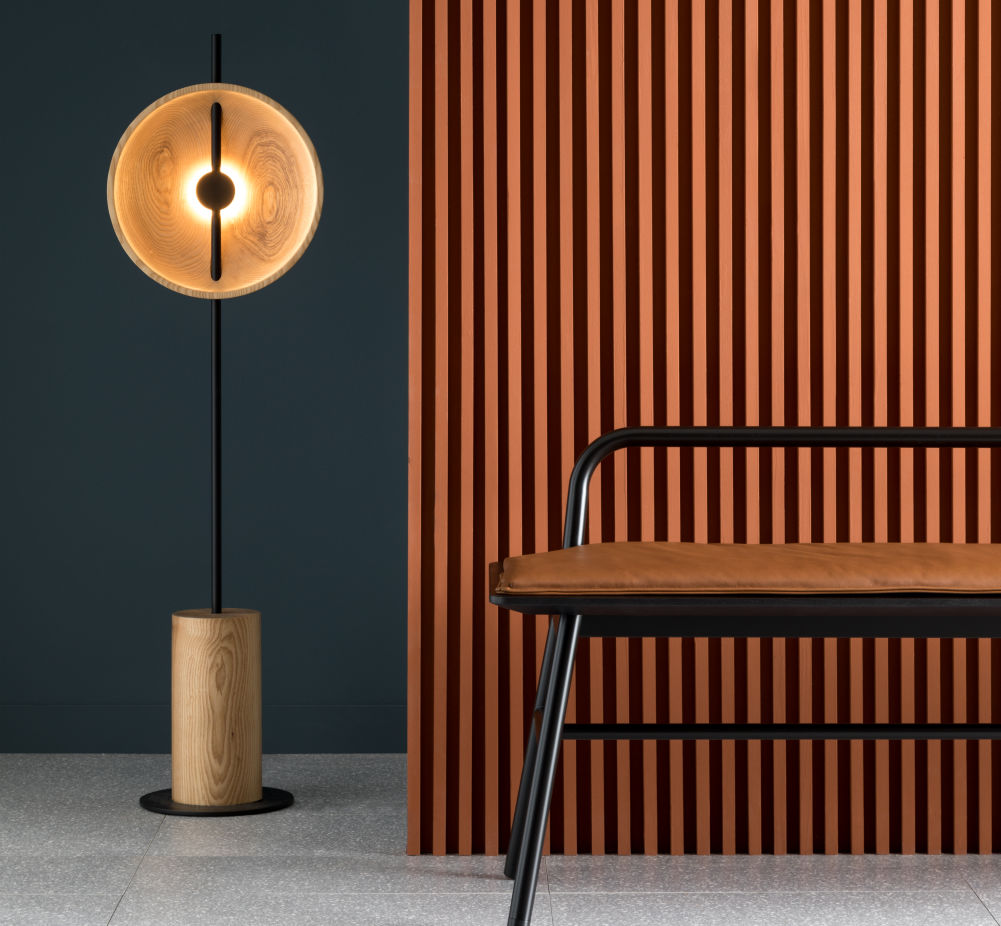
“The idea for the Mito lamp came from wanting to create a sculptural lighting piece that meshes contemporary LED lighting with raw natural materials,” says Sydney-based designer Tom Fereday. Modular and understated in design, it comprises three softly formed domes crafted in hand-finished timber or stone.
Their natural variations and warm, indirect lines make each dome appear to float. Precisely cut holes pierce the shade’s body, helping create a spine to the overall design.
“One of the most challenging parts of the project was achieving those clean, elegant holes in solid timber and stone,” he says.
Since its inception, Fereday has continued refining and developing the piece into pendant, wall and table lamp configurations.
“It’s a precision lighting design with unique details and real presence, yet it still manages to be calm and elegant in its space,” he says.
Igneous wall lights
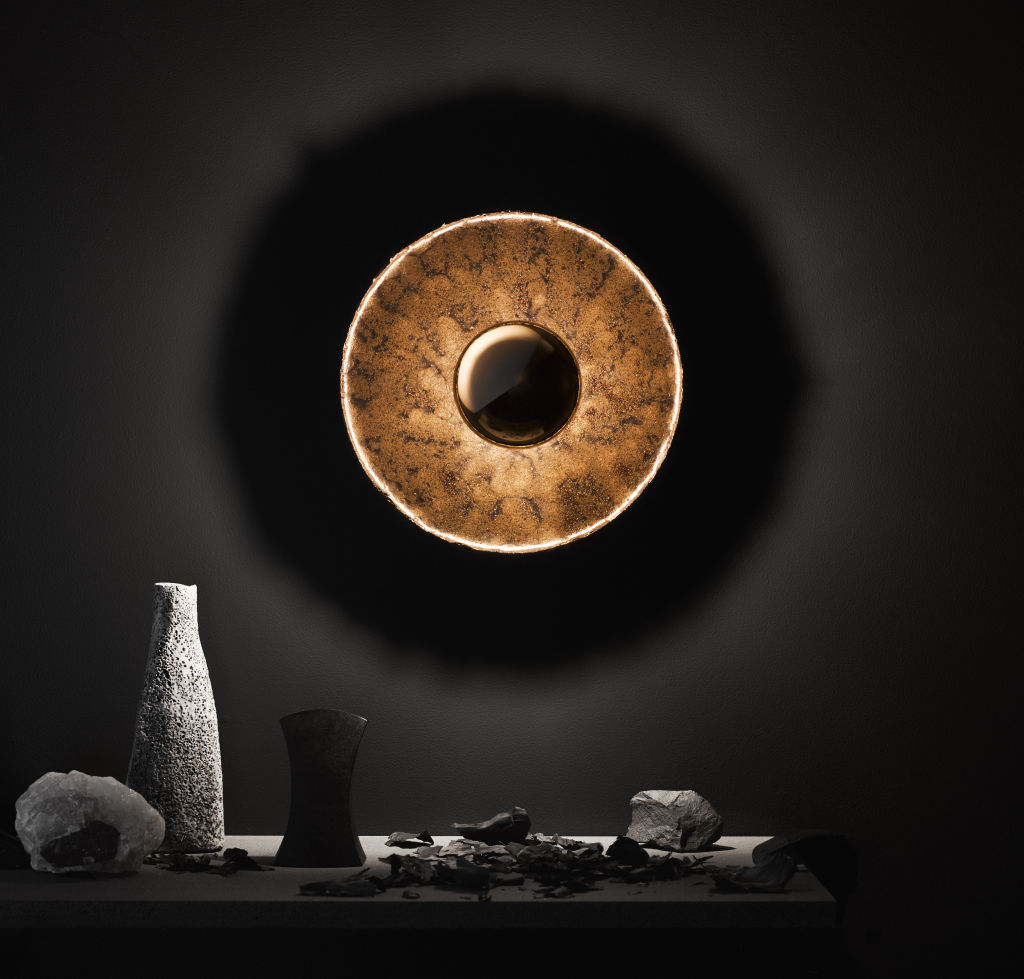
“Furniture is static, but lighting allows you to bounce and retract it in different ways,” says designer James Walsh.
Created with fellow designer Ash Allen, the Igneous wall lights use 100 per cent waste material. “Victorian bluestone is embedded in the architecture and streets of Melbourne, and there is huge waste generated from its quarrying,” Walsh says.
The designers experimented with bluestone powder, melting it in a kiln. “During the melt, a small concave meniscus forms on the outer edge of the puddle, and as it cools, it becomes a strong, solid form,” he says.
The result is a beautifully imperfect wall light. Its textured disk features a centrally positioned mirrored bulb that projects warm light, creates a shadow pattern, and highlights its naturally textured surface. It can be a single piece or arranged in a group.
Exo Series
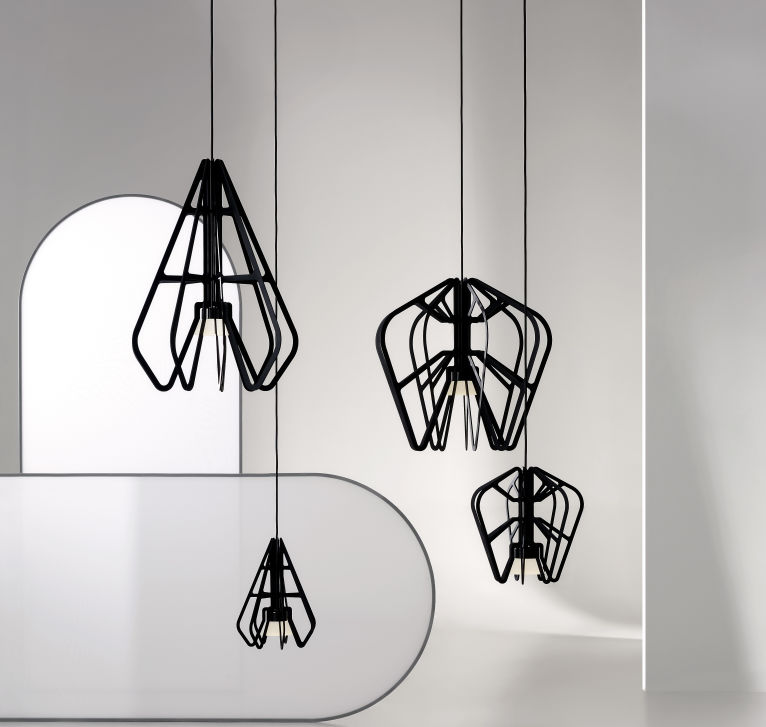
A year-long collaboration between designers Rowan Turnham and Matthew Harding, and Rakumba Lighting, the Exo Series draws inspiration from the papery texture and tones of Monstera seed pods.
Skeletal in form with crisp lines and flat, symmetrical fins, it gently disperses light and graphic shadows thanks to a custom diffuser that softens its LED light source.
“The most challenging part of the design process was the 3D-printed PLA joiners that hold the aluminium fins together,” Turnham says.
“We love their anodising colours, which are strong and cost-effective to produce in short production runs. As industrial designers, we enjoy solving technical problems.”
Designed and manufactured in Australia, and available in various dimensions, shapes and anodised colours, the piece can be used as a pendant, wall or table light and a sculptural art piece for residential or commercial spaces.
Surface Sconce
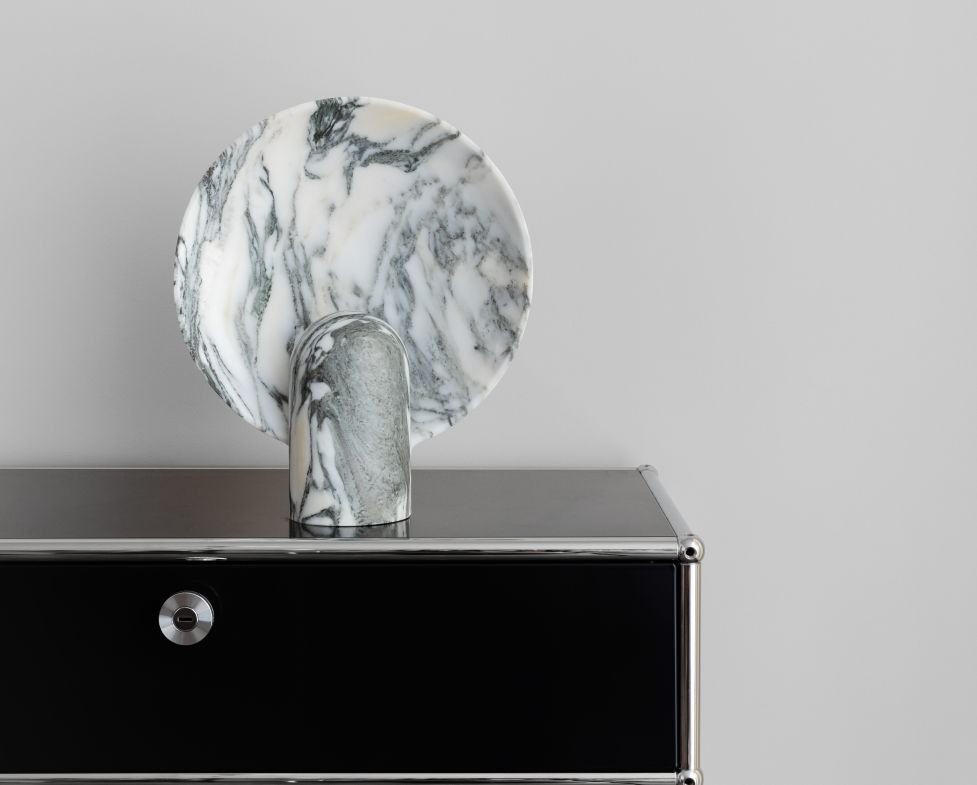
Henry Wilson is interested in “how imperfection is introduced into an industrial process”.
His sculptural Surface Sconce is a case in point. Initially cast in solid bronze, he was fascinated to see how its effect could change when made from marble.
“I wanted to explore the stone’s translucently,” he says. “Its effect is completely different to bronze and very beautiful.”
The design features a pod-like dish that discreetly encloses a light bulb. When lit, the marble is softly illuminated and light gently washes up into the dish.
“I have a thing about not seeing light bulbs,” Wilson says, laughing. “When hidden, the design focuses squarely on the light’s effect.”
Sculpted from a single block of arabescato stone extracted from a Tuscan quarry, its distinctive grey and white vein variations make each sconce a one-off piece.
“We developed the prototype with a Portuguese maker, refining, testing it and evolving its process,” Wilson says, “and they were excited to continue developing and producing an entire range.”
He believes lighting plays a pivotal role in designing a space. “My approach is always architecturally focused,” he says. “I don’t have any downlights in my house.”
We recommend
We thought you might like
States
Capital Cities
Capital Cities - Rentals
Popular Areas
Allhomes
More

